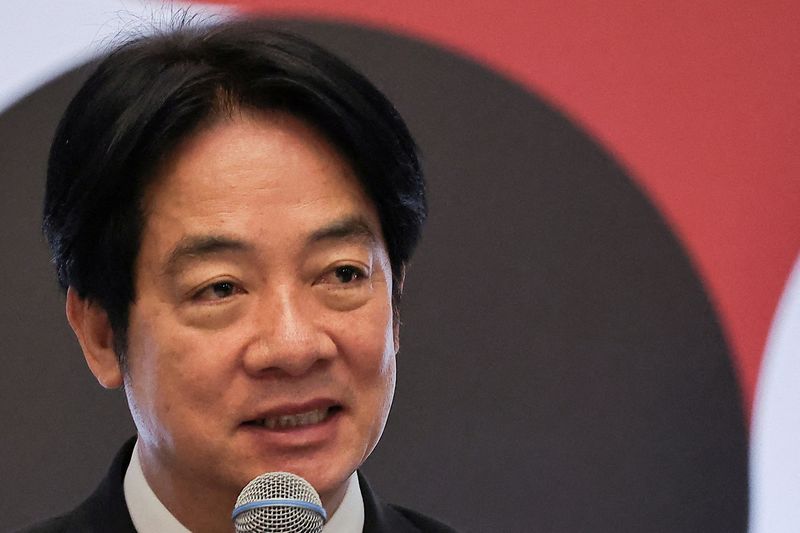There are various ratios that lenders use to determine whether they should provide finance to a lender. They do so by evaluating the risk they take on providing the loan. Among these metrics, the Loan-to-Value (LTV) ratio is prevalent for mortgages. Most lenders in the home loans market use this ratio before providing loans to homebuyers. Therefore, it is crucial to understand what it is and how it works.
What is the Loan to Value (LTV) ratio?
The loan-to-value ratio is a metric used by lenders to assess their risk before approving a mortgage or home loan. Various financial institutions, such as banks, or other lenders, use this ratio commonly in their loan transactions. Usually, higher LTV ratios represent more risk to the lender. In contrast, lower LTV ratios can show less risky loans.
The loan-to-value ratio is also crucial for borrowers. When it comes to LTV ratios, lenders always prefer lower numbers. However, borrowers may not be able to meet those requirements. Therefore, some borrowers may have their loan applications rejected if they have a high LTV ratio. If they can secure a loan, however, it may come with higher interest rates. Similarly, higher LTV ratios may require them to purchase mortgage insurance.
What is the Loan to Value ratio formula?
Calculating the loan-to-value ratio is straightforward. It requires lenders to determine the mortgage amount that borrowers request. It is the ‘loan’ portion of the LTV ratio. Similarly, the next step is to determine the value of the underlying property. It represents the ‘value’ portion of the LTV ratio. For most transactions, lenders may require a professional appraisal of the underlying property, or they may carry it out by themselves.
Therefore, the loan-to-value ratio formula is as follows.
LTV Ratio = Mortgage or Loan Amount / Appraised Property Value
Interpreting the LTV ratio is also straightforward. For example, if a borrower requests a loan or mortgage amount similar to their appraised property value, the LTV ratio will be 100% for the lender. Therefore, lenders will always want to reduce it. It is because the higher the LTV ratio is, the higher the risk will be for the lender.
Example
A borrower wants to obtain a mortgage of $300,000 to buy a home with an appraised value of $400,000. The lender wants to determine the risks associated with the loan. Therefore, they use the LTV ratio. In this case, the LTV ratio will be as follows.
LTV Ratio = Mortgage or Loan Amount / Appraised Property Value
LTV Ratio = $300,000 / $400,000
LTV Ratio = 0.75 or 75%
A 75% LTV ratio is generally satisfactory for lenders. In fact, any LTV ratio close to the 80% mark is considered acceptable for almost all lenders. Therefore, the borrower will get approval for the mortgage.
Conclusion
The Loan-to-Value ratio is the ratio between a loan’s value and the underlying asset’s appraised value. A higher LTV ratio means that lenders are taking more risks on their loans. For borrowers, higher LTV ratios come with higher interest rates or other related expenses. Generally, LTV ratios close to 80% are acceptable for most lenders.
Further questions
What's your question? Ask it in the discussion forum
Have an answer to the questions below? Post it here or in the forum




